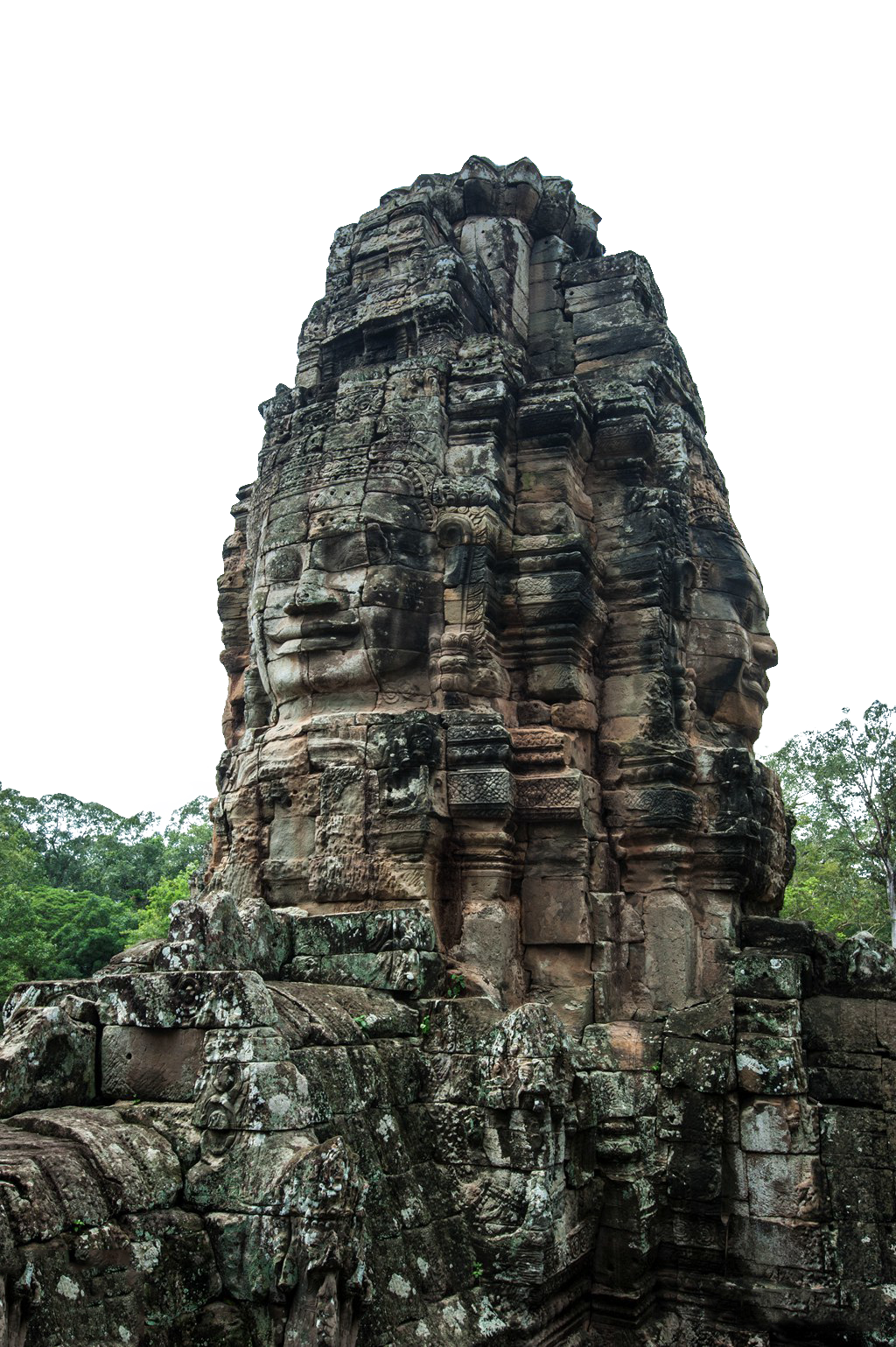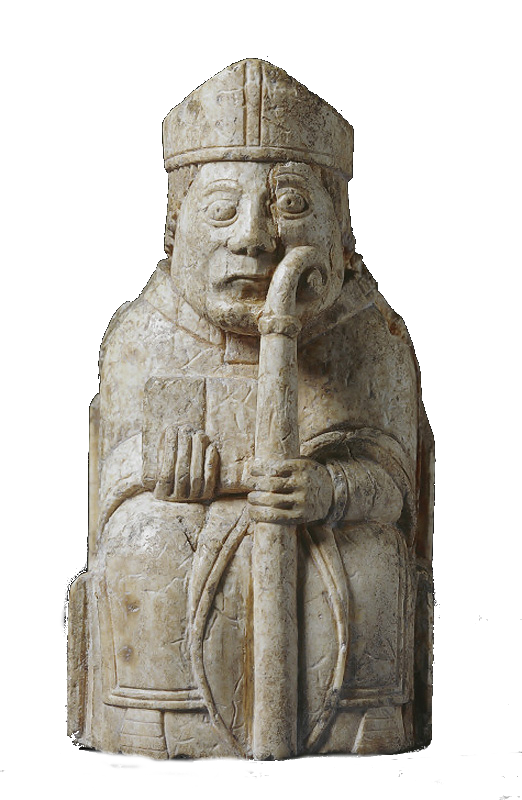From the wiki:
Archaeologist Lutfi Yondri from the Bureau of Archaeology in Bandung estimated that the constructions at Gunung Padang may have been built sometime between the second and fifth centuries CE, thus in the Indonesian late prehistoric period, whereas Harry Truman Simanjuntak suggested a later date in historical times between the 6th and 8th centuries CE.[9] Pottery fragments found at the site were dated by the Bureau of Archaeology in the range 45 BCE – 22 CE.[10]
Based on carbon dating and stratigraphic studies published in the Journal Archaeological Prospection,[11] Danny Hilman Natawidjaja, an Indonesian geologist who is an expert in earthquake geology and geotectonics, suggested that the site had been built as a giant pyramid 9,000 to 20,000 years ago, implying the existence of an otherwise unknown advanced ancient civilization.[12][13][14] However, none of these radiocarbon dates, along with their stratigraphic context, have been formally published and the age of this site based on these dates differs greatly depending on the publication consulted even when the publications are by the same author explaining the results of the same research.[2]
Fringe dating
Natawidjaja's analysis was questioned by other scientists. Vulcanologist Sutikno Bronto suggested that the carbon dating result was influenced by weathering and concluded that the elevation is the neck of an ancient volcano and not an artificially created pyramid.[14][15] Thirty-four Indonesian scientists signed a petition questioning the motives and methods of the Hilman-Arif team.[14] Archaeologist Víctor Pérez described Natawidjaja's conclusions as pseudoarchaeology.[2]
Natawidjaja's conclusions gained the attention of Indonesia's President Susilo Bambang Yudhoyono, who set up a task force.[2] An archaeologist who did not wish to be named due to the involvement of the country's president, stated:
In archaeology we usually find the 'culture' first … Then, after we find out the artefact's age we'll seek out historical references to any civilisation which existed around that period. Only then will we be able to explain the artefact historically. In this case, they 'found' something, carbon-dated it, then it looks like they created a civilisation around the period to explain their finding.[14]
In October 2023, an article by Natawidjaja et al., published in Archaeological Prospection, claimed that Gunung Padang is the oldest pyramid in the world, dating as far back as 27,000 years ago. Archaeologists, responding to the extraordinary claims, pointed out the lack of evidence for the buried layers being artificially created, and the absence of indicators for human activity in the soil samples, such as charcoal and bone fragments. The journal and its publisher, Wiley, have since launched an investigation into the paper.[16]



